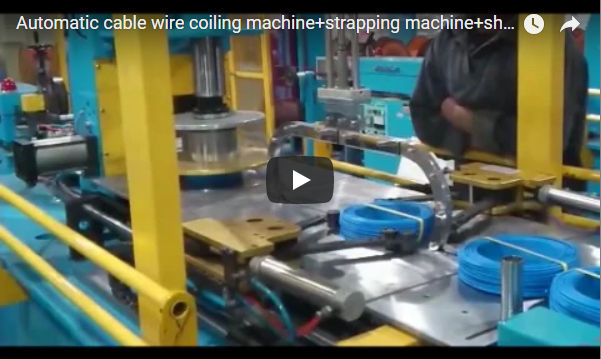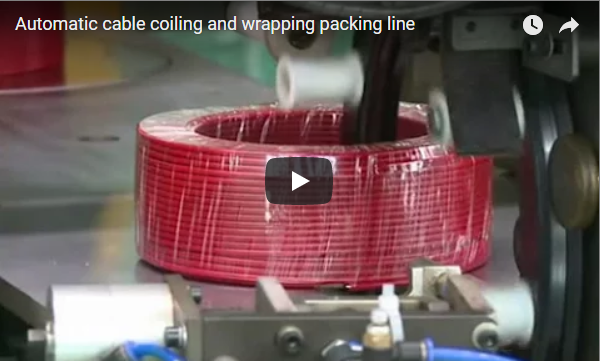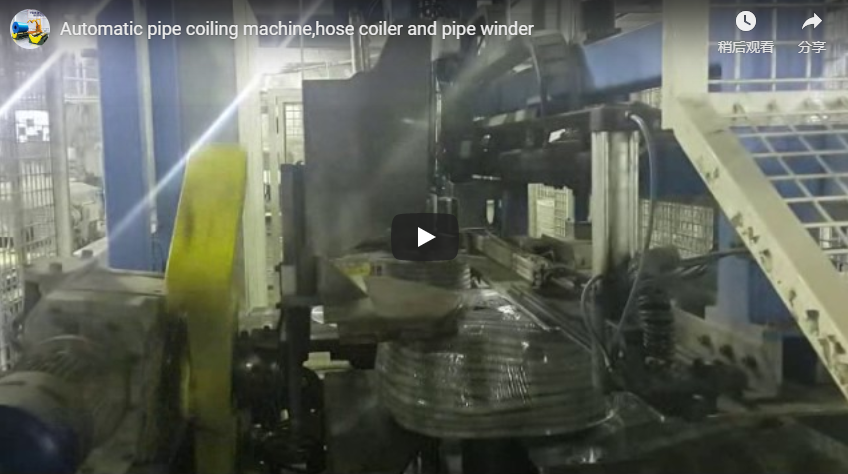Optimizing Cable Production: A Deep Dive into Automatic Cable Coil Wrapping and Logo Feeding Machines
In modern cable manufacturing facilities, efficiency, consistency, and traceability are paramount. Manual or semi-automated processes for coiling, wrapping, and labeling finished cable lengths can introduce bottlenecks, inconsistencies, and potential for errors. The implementation of fully automatic Cable Coil Wrapping and Logo Feeding Machines represents a significant leap forward in addressing these challenges, directly impacting productivity and product quality.
Let's delve deeper into the technical capabilities and operational advantages of this essential industrial equipment, aligning with the practical insights valued in the industry.
1. Core Functionality: Precision Automated Coiling and Wrapping
At its heart, this machine automates the often labor-intensive tasks of coiling cables to precise lengths and weights, followed immediately by secure wrapping.
- Coiling Mechanism: Sophisticated sensors and servo-driven systems ensure accurate cable measurement and consistent coil formation (defined Inner Diameter - ID, Outer Diameter - OD, and width). This eliminates variations common in manual coiling.
- Wrapping Process: Typically utilizing stretch film or other specified wrapping materials, the machine applies the wrap with controlled tension. This secures the coil integrity, protects the cable from environmental factors (dust, moisture) during storage and transit, and prevents unwinding. The automation ensures uniform wrap quality for every coil.
From personal observation in factories adopting this technology, the immediate impact is a reduction in manual handling requirements and a marked improvement in the visual consistency of the final product package.
2. Key Feature: Integrated Logo and Label Application
A standout feature highly valued by cable factories is the integrated automatic labeling or logo feeding device.
- Functionality: As the coiling/wrapping cycle completes, this module precisely applies pre-printed labels or feeds and adheres logos directly onto the wrapped coil or cable end.
- Importance: This enables crucial traceability (batch numbers, product codes, specifications), branding consistency, and easier inventory management and logistical handling. Automating this step prevents misplaced or incorrectly applied labels, a common issue in manual processes. Factories often integrate this data flow with their Manufacturing Execution Systems (MES) or Enterprise Resource Planning (ERP) systems for seamless tracking.
3. Operational Flexibility: Online vs. Offline Integration
The ability to operate both online and offline provides significant operational flexibility:
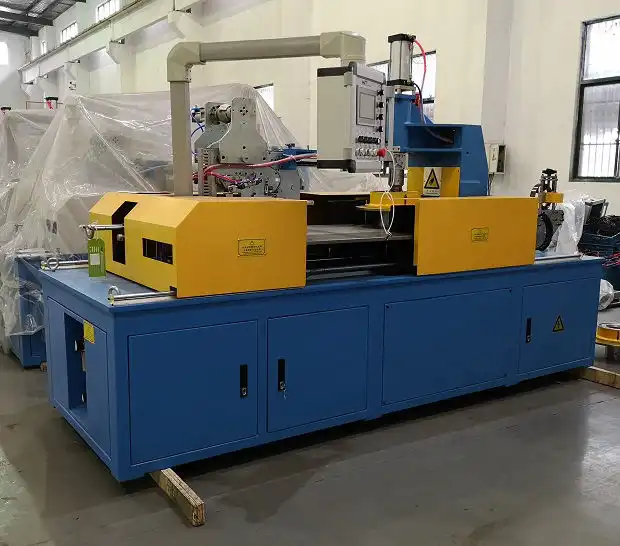
- Online Mode: The machine is directly integrated into the production line (e.g., following an extruder or jacketing line). Coiling, wrapping, and labeling occur seamlessly as the cable is produced, maximizing throughput and minimizing intermediate handling.
- Offline Mode: The machine functions as a standalone work cell. Cable drums or larger spools are brought to the machine for processing into smaller, market-ready coils. This is ideal for processing stock inventory or handling specialized cable types not suited for continuous inline processing.
This dual capability allows factories to optimize workflow based on specific product runs and line configurations.
4. Technical Specifications and Performance Metrics (Typical Ranges)
While specific parameters vary by model and manufacturer, typical technical capabilities include:
- Applicable Cable Diameters: 3mm - 30mm (or customized range)
- Coil Inner Diameter (ID): 150mm - 400mm (adjustable)
- Coil Outer Diameter (OD): 300mm - 700mm (variable based on length)
- Max Coil Width: 50mm - 200mm
- Max Coil Weight: 10kg - 100kg (depending on model configuration)
- Coiling Speed: Up to 150 m/min (variable, dependent on cable type)
- Wrapping Material: LLDPE Stretch Film (common), PVC/PE film, Paper tape
- Control System: PLC (Programmable Logic Controller) with HMI (Human-Machine Interface) touch screen for parameter setting and diagnostics.
- Labeling System: Compatible with various label sizes and types; thermal transfer or direct thermal printing options may be integrated.
Understanding these parameters is crucial when selecting a machine to match specific production needs.
5. User Experience & Practical Advantages in the Factory
Operators and production managers often highlight several key benefits experienced post-implementation:
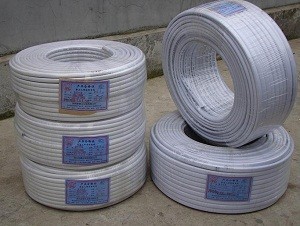
- Reduced Labor Costs: Automation significantly cuts down on the manual effort required for coiling, wrapping, and labeling.
- Improved Ergonomics and Safety: Eliminates repetitive strain injuries associated with manual coiling and heavy lifting. Safety guarding is standard.
- Enhanced Product Quality: Consistent coiling dimensions and secure, uniform wrapping protect the cable and present a professional package.
- Increased Throughput: Automated cycles are significantly faster and more reliable than manual equivalents, boosting overall output.
- Material Savings: Precise control over wrapping film tension and application can optimize material usage compared to manual wrapping.
- Data Integration: Potential for connection to factory networks for production monitoring and quality control data logging.
6. Conclusion: A Strategic Investment for Cable Manufacturers
Investing in an automatic Cable Coiling and Wrapping Machine with integrated labeling/logo feeding is no longer just an option but a strategic necessity for large-scale cable factories aiming to remain competitive. The gains in efficiency, consistency, quality, and traceability provide a rapid return on investment. Its operational flexibility allows seamless integration into diverse production environments. For manufacturers seeking to optimize their cable packaging operations, this technology offers a robust and reliable solution.
For more detailed specifications and inquiries about tailoring a machine to your specific needs:
Automatic Cable Coiling and Wrapping Machine Details
Contact us: info@fhopepack.com


